-
×
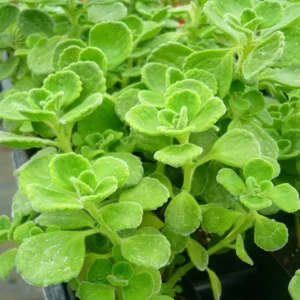 Plectranthus Vick Tomentosa Live Succulent Plant, 4 Inch Pot, Plectranthus Houseplant
$39.98
Plectranthus Vick Tomentosa Live Succulent Plant, 4 Inch Pot, Plectranthus Houseplant
$39.98 -
×
 Kalanchoe Pinnata Succulent Live Plant, 4-8 Inch Tall, Mother of Thousands in 4 Inch Pot
$19.99
Kalanchoe Pinnata Succulent Live Plant, 4-8 Inch Tall, Mother of Thousands in 4 Inch Pot
$19.99 -
×
 Purple Lilyturf Live Plant - Liriope Muscari in Gallon Pot for Ornamental Groundcover - Ornamental Grass
$36.99
Purple Lilyturf Live Plant - Liriope Muscari in Gallon Pot for Ornamental Groundcover - Ornamental Grass
$36.99 -
×
 Liriope Muscari Plant, Lily Turf Grass Live Plant Clump, Aztec Ornameantal Grasses for Borders and Ground Cover, In 6 Inch Pot
$32.99
Liriope Muscari Plant, Lily Turf Grass Live Plant Clump, Aztec Ornameantal Grasses for Borders and Ground Cover, In 6 Inch Pot
$32.99 -
×
 Pandan Plant Live, Pandan Leaves Plant, 5 to 8 Inches Tall, Live Pandan Plant, Pandan Leaf Plant, Pandan Tree Plant, Pandan Leaf Plant Indoor Outdoor
$32.89
Pandan Plant Live, Pandan Leaves Plant, 5 to 8 Inches Tall, Live Pandan Plant, Pandan Leaf Plant, Pandan Tree Plant, Pandan Leaf Plant Indoor Outdoor
$32.89 -
×
 2 Succulent Plectranthus Vick Tomentosa Live Plants, Come in 4 Inch Pot, Indoor Outdoor Plant
$33.99
2 Succulent Plectranthus Vick Tomentosa Live Plants, Come in 4 Inch Pot, Indoor Outdoor Plant
$33.99 -
×
 Purple Campanula Plant, Campanula Flower Plant 4 Inches Tall In Pot, Fall Flower Plant For Growing
$25.99
Purple Campanula Plant, Campanula Flower Plant 4 Inches Tall In Pot, Fall Flower Plant For Growing
$25.99 -
×
 20 Longan Seeds For Planting Indoor, Sweet Fruit Seeds, 20 Seeds
$16.99
20 Longan Seeds For Planting Indoor, Sweet Fruit Seeds, 20 Seeds
$16.99 -
×
 Deep Red Rose Bushes Shrubs or Climbing Live Plant for Planting, Starter Size, 4 to 10 Inc Tall
$59.99
Deep Red Rose Bushes Shrubs or Climbing Live Plant for Planting, Starter Size, 4 to 10 Inc Tall
$59.99 -
×
 Culantro Seeds for Planting - Recao Cilantro, 1000 Pcs, Fast Growing
$13.44
Culantro Seeds for Planting - Recao Cilantro, 1000 Pcs, Fast Growing
$13.44 -
×
 Peanut Butter Fruit Plant - Bunchosia Glandulifera | Sweet Tropical Fruit, Zones 9-11
$85.98
Peanut Butter Fruit Plant - Bunchosia Glandulifera | Sweet Tropical Fruit, Zones 9-11
$85.98 -
×
 Set 2 Wonderful Pomegranate Tree Live Plant - 6 to 9 Inches Tall, Pomegranate Fruit Tree Plant for Home Garden
$35.98
Set 2 Wonderful Pomegranate Tree Live Plant - 6 to 9 Inches Tall, Pomegranate Fruit Tree Plant for Home Garden
$35.98 -
×
 Peach Tree Live Plant, Sweet Peach Tree, 3-4 Feet Tall in 3 Gallon Pot for Full Sun
$179.99
Peach Tree Live Plant, Sweet Peach Tree, 3-4 Feet Tall in 3 Gallon Pot for Full Sun
$179.99 -
×
 Ice Cream Banana Plant - Blue Java Banana Tree - 4 Inch Live Plant - No Pot
$31.89
Ice Cream Banana Plant - Blue Java Banana Tree - 4 Inch Live Plant - No Pot
$31.89 -
×
 50 Daffodils Flowers Bulbs, Yellow Daffodil Bulbs For Planting, Flower Bulbs
$69.99
50 Daffodils Flowers Bulbs, Yellow Daffodil Bulbs For Planting, Flower Bulbs
$69.99 -
×
 Wonderful Pomegranate Tree Live Plant - 6 to 8 Inches Tall, Pomegranate Fruit Tree Plant for Home Garden
$49.98
Wonderful Pomegranate Tree Live Plant - 6 to 8 Inches Tall, Pomegranate Fruit Tree Plant for Home Garden
$49.98 -
×
 Blood Orange Tree Live Plant, Grafted Citrus, 2 Feet Tall in 1 Gallon Pot for Full Sun
$129.99
Blood Orange Tree Live Plant, Grafted Citrus, 2 Feet Tall in 1 Gallon Pot for Full Sun
$129.99 -
×
 Fragrant Mock Orange Shrub, Mock Orange Live Plant, Hardy Mock Orange for Hedges in Quart Pot, 1 to 2 Feet Tall
$34.99
Fragrant Mock Orange Shrub, Mock Orange Live Plant, Hardy Mock Orange for Hedges in Quart Pot, 1 to 2 Feet Tall
$34.99 -
×
 White and Fragrant Mock Orange Tree Shrubs, Set 2 Trees, Philadelphus Sweet Mock Orange or English Dogwood Trees in Quart Pot
$58.99
White and Fragrant Mock Orange Tree Shrubs, Set 2 Trees, Philadelphus Sweet Mock Orange or English Dogwood Trees in Quart Pot
$58.99 -
×
 Wonderful Pomegranate Tree Live Plant - 10 to 12 Inches Tall, Pomegranate Fruit Tree or Bush, Perfect for Indoor or Outdoor Growing
$59.98
Wonderful Pomegranate Tree Live Plant - 10 to 12 Inches Tall, Pomegranate Fruit Tree or Bush, Perfect for Indoor or Outdoor Growing
$59.98 -
×
 3 Mix Canna Lily Plants - Bare Root Perennials - Vibrant Tropical Blooms for Gardens
$34.98
3 Mix Canna Lily Plants - Bare Root Perennials - Vibrant Tropical Blooms for Gardens
$34.98 -
×
 100 Daffodil Bulbs Bulk, Daffodil Bulbs For Fall Planting, Flowering Bulbs
$134.99
100 Daffodil Bulbs Bulk, Daffodil Bulbs For Fall Planting, Flowering Bulbs
$134.99 -
×
 Autumn Fern Plants Lilve, 2 Plants, 4 Inches Potted, Fern Live Plants, Ground Cover Plant For Garden
$17.99
Autumn Fern Plants Lilve, 2 Plants, 4 Inches Potted, Fern Live Plants, Ground Cover Plant For Garden
$17.99 -
×
 Pineapple Sage Live Plant, Red Salvia Live Bush Plant, No Pot
$19.99
Pineapple Sage Live Plant, Red Salvia Live Bush Plant, No Pot
$19.99 -
×
 10 Goldenseal Roots For Planting, Goldenseal Plant Bare Roots
$39.99
10 Goldenseal Roots For Planting, Goldenseal Plant Bare Roots
$39.99 -
×
 Set 12 Purple Blue Violet Flowering Plants, Decorative Plants for Garden, Vibrant Colored Flowers
$16.99
Set 12 Purple Blue Violet Flowering Plants, Decorative Plants for Garden, Vibrant Colored Flowers
$16.99 -
×
 Pack 3 Perennial Blue Hosta Live Plant in Quart Pot, Shade-Loving Hosta, Green to Blue Hosta for Gardens Planting Indoor Outdoor
$79.99
Pack 3 Perennial Blue Hosta Live Plant in Quart Pot, Shade-Loving Hosta, Green to Blue Hosta for Gardens Planting Indoor Outdoor
$79.99 -
×
 Red Chokecherry Tree - Live Plant, 8-14 Inch Tall, Chokecherry Plant in 2.5 Inch Pot, No Shipping to CA
$27.99
Red Chokecherry Tree - Live Plant, 8-14 Inch Tall, Chokecherry Plant in 2.5 Inch Pot, No Shipping to CA
$27.99 -
×
 Black Chokeberry Tree - Live Plant, 6-12 Inch Tall, Chokeberry Plant in 2.5 Inch Pot
$19.99
Black Chokeberry Tree - Live Plant, 6-12 Inch Tall, Chokeberry Plant in 2.5 Inch Pot
$19.99
Up to - 22%
Wandering Jew Plant 4 Inches Pot – Nanouk Wandering Jew Plant Live, Pink Tradescantia Plant Live, Indoor Houseplant
Original price was: $44.99.$34.99Current price is: $34.99.
Bring vibrant color to your home with a Nanouk Wandering Jew Plant. This live Tradescantia arrives in a 4-inch pot with beautiful pink and green leaves. Perfect as an indoor houseplant.
Estimated arrival
Dec 19
Dec 24 - Dec 26
Dec 29 - Jan 02
Shipping and return policies: Our 30-Day Plant Health Guarantee covers issues with your plants within the first 30 days. Get in touch with us via email, and our team will review your concerns and, if necessary, provide you with a one-time replacement at no cost.

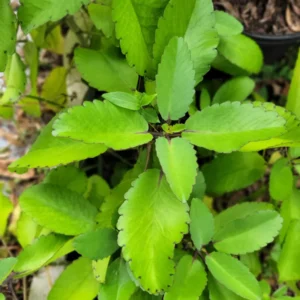 Kalanchoe Pinnata Succulent Live Plant, 4-8 Inch Tall, Mother of Thousands in 4 Inch Pot
Kalanchoe Pinnata Succulent Live Plant, 4-8 Inch Tall, Mother of Thousands in 4 Inch Pot  Purple Lilyturf Live Plant - Liriope Muscari in Gallon Pot for Ornamental Groundcover - Ornamental Grass
Purple Lilyturf Live Plant - Liriope Muscari in Gallon Pot for Ornamental Groundcover - Ornamental Grass 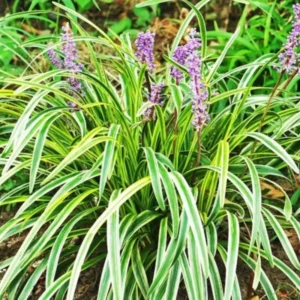 Liriope Muscari Plant, Lily Turf Grass Live Plant Clump, Aztec Ornameantal Grasses for Borders and Ground Cover, In 6 Inch Pot
Liriope Muscari Plant, Lily Turf Grass Live Plant Clump, Aztec Ornameantal Grasses for Borders and Ground Cover, In 6 Inch Pot  Pandan Plant Live, Pandan Leaves Plant, 5 to 8 Inches Tall, Live Pandan Plant, Pandan Leaf Plant, Pandan Tree Plant, Pandan Leaf Plant Indoor Outdoor
Pandan Plant Live, Pandan Leaves Plant, 5 to 8 Inches Tall, Live Pandan Plant, Pandan Leaf Plant, Pandan Tree Plant, Pandan Leaf Plant Indoor Outdoor 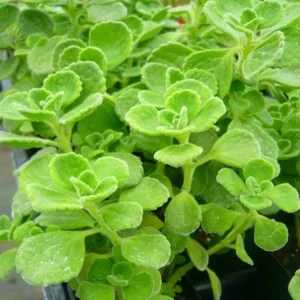 2 Succulent Plectranthus Vick Tomentosa Live Plants, Come in 4 Inch Pot, Indoor Outdoor Plant
2 Succulent Plectranthus Vick Tomentosa Live Plants, Come in 4 Inch Pot, Indoor Outdoor Plant 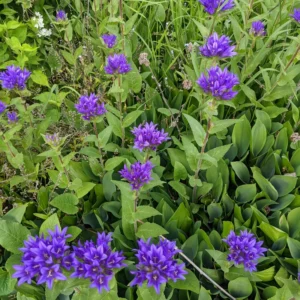 Purple Campanula Plant, Campanula Flower Plant 4 Inches Tall In Pot, Fall Flower Plant For Growing
Purple Campanula Plant, Campanula Flower Plant 4 Inches Tall In Pot, Fall Flower Plant For Growing 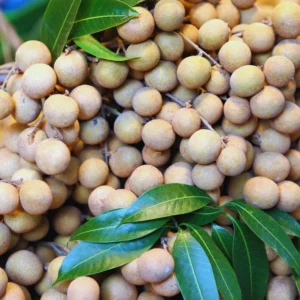 20 Longan Seeds For Planting Indoor, Sweet Fruit Seeds, 20 Seeds
20 Longan Seeds For Planting Indoor, Sweet Fruit Seeds, 20 Seeds 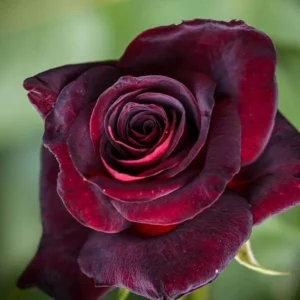 Deep Red Rose Bushes Shrubs or Climbing Live Plant for Planting, Starter Size, 4 to 10 Inc Tall
Deep Red Rose Bushes Shrubs or Climbing Live Plant for Planting, Starter Size, 4 to 10 Inc Tall 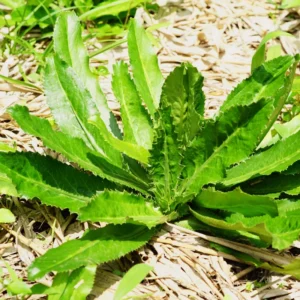 Culantro Seeds for Planting - Recao Cilantro, 1000 Pcs, Fast Growing
Culantro Seeds for Planting - Recao Cilantro, 1000 Pcs, Fast Growing 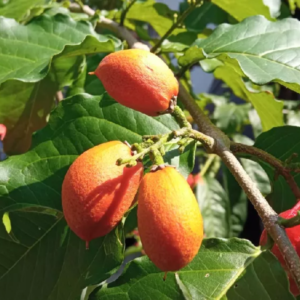 Peanut Butter Fruit Plant - Bunchosia Glandulifera | Sweet Tropical Fruit, Zones 9-11
Peanut Butter Fruit Plant - Bunchosia Glandulifera | Sweet Tropical Fruit, Zones 9-11 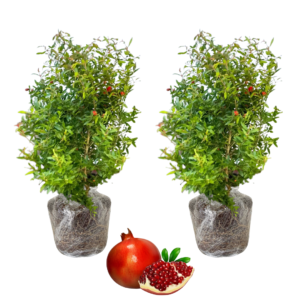 Set 2 Wonderful Pomegranate Tree Live Plant - 6 to 9 Inches Tall, Pomegranate Fruit Tree Plant for Home Garden
Set 2 Wonderful Pomegranate Tree Live Plant - 6 to 9 Inches Tall, Pomegranate Fruit Tree Plant for Home Garden 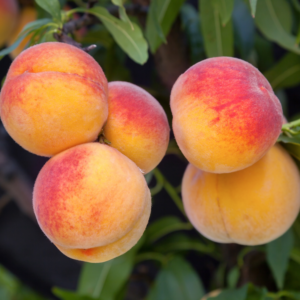 Peach Tree Live Plant, Sweet Peach Tree, 3-4 Feet Tall in 3 Gallon Pot for Full Sun
Peach Tree Live Plant, Sweet Peach Tree, 3-4 Feet Tall in 3 Gallon Pot for Full Sun 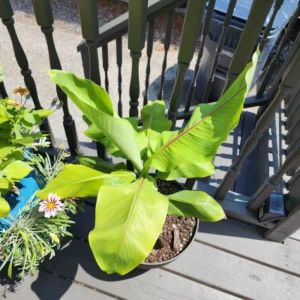 Ice Cream Banana Plant - Blue Java Banana Tree - 4 Inch Live Plant - No Pot
Ice Cream Banana Plant - Blue Java Banana Tree - 4 Inch Live Plant - No Pot 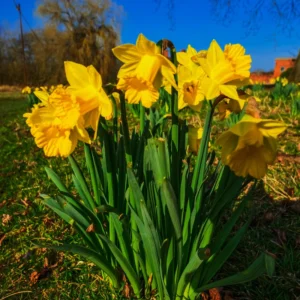 50 Daffodils Flowers Bulbs, Yellow Daffodil Bulbs For Planting, Flower Bulbs
50 Daffodils Flowers Bulbs, Yellow Daffodil Bulbs For Planting, Flower Bulbs 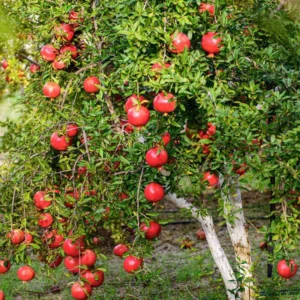 Wonderful Pomegranate Tree Live Plant - 6 to 8 Inches Tall, Pomegranate Fruit Tree Plant for Home Garden
Wonderful Pomegranate Tree Live Plant - 6 to 8 Inches Tall, Pomegranate Fruit Tree Plant for Home Garden  Blood Orange Tree Live Plant, Grafted Citrus, 2 Feet Tall in 1 Gallon Pot for Full Sun
Blood Orange Tree Live Plant, Grafted Citrus, 2 Feet Tall in 1 Gallon Pot for Full Sun 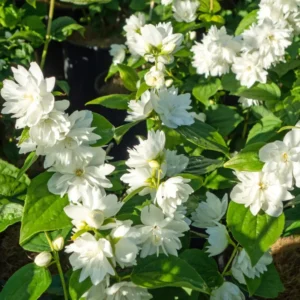 Fragrant Mock Orange Shrub, Mock Orange Live Plant, Hardy Mock Orange for Hedges in Quart Pot, 1 to 2 Feet Tall
Fragrant Mock Orange Shrub, Mock Orange Live Plant, Hardy Mock Orange for Hedges in Quart Pot, 1 to 2 Feet Tall  White and Fragrant Mock Orange Tree Shrubs, Set 2 Trees, Philadelphus Sweet Mock Orange or English Dogwood Trees in Quart Pot
White and Fragrant Mock Orange Tree Shrubs, Set 2 Trees, Philadelphus Sweet Mock Orange or English Dogwood Trees in Quart Pot  Wonderful Pomegranate Tree Live Plant - 10 to 12 Inches Tall, Pomegranate Fruit Tree or Bush, Perfect for Indoor or Outdoor Growing
Wonderful Pomegranate Tree Live Plant - 10 to 12 Inches Tall, Pomegranate Fruit Tree or Bush, Perfect for Indoor or Outdoor Growing 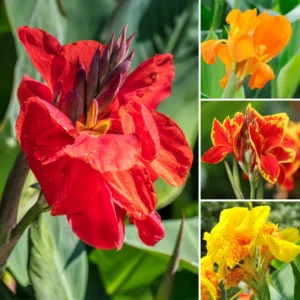 3 Mix Canna Lily Plants - Bare Root Perennials - Vibrant Tropical Blooms for Gardens
3 Mix Canna Lily Plants - Bare Root Perennials - Vibrant Tropical Blooms for Gardens 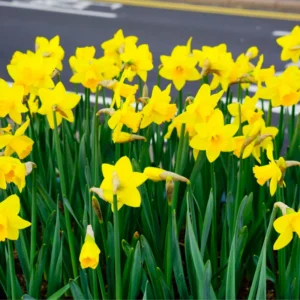 100 Daffodil Bulbs Bulk, Daffodil Bulbs For Fall Planting, Flowering Bulbs
100 Daffodil Bulbs Bulk, Daffodil Bulbs For Fall Planting, Flowering Bulbs 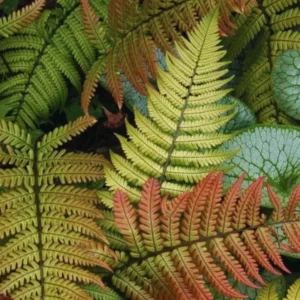 Autumn Fern Plants Lilve, 2 Plants, 4 Inches Potted, Fern Live Plants, Ground Cover Plant For Garden
Autumn Fern Plants Lilve, 2 Plants, 4 Inches Potted, Fern Live Plants, Ground Cover Plant For Garden 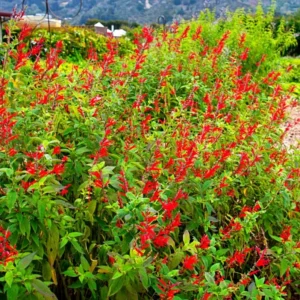 Pineapple Sage Live Plant, Red Salvia Live Bush Plant, No Pot
Pineapple Sage Live Plant, Red Salvia Live Bush Plant, No Pot 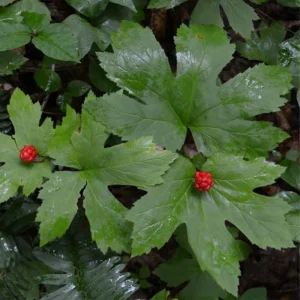 10 Goldenseal Roots For Planting, Goldenseal Plant Bare Roots
10 Goldenseal Roots For Planting, Goldenseal Plant Bare Roots 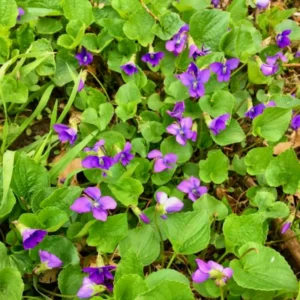 Set 12 Purple Blue Violet Flowering Plants, Decorative Plants for Garden, Vibrant Colored Flowers
Set 12 Purple Blue Violet Flowering Plants, Decorative Plants for Garden, Vibrant Colored Flowers 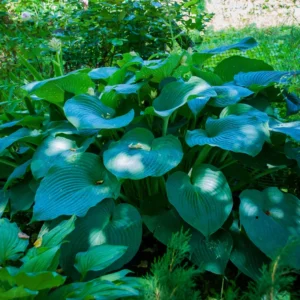 Pack 3 Perennial Blue Hosta Live Plant in Quart Pot, Shade-Loving Hosta, Green to Blue Hosta for Gardens Planting Indoor Outdoor
Pack 3 Perennial Blue Hosta Live Plant in Quart Pot, Shade-Loving Hosta, Green to Blue Hosta for Gardens Planting Indoor Outdoor 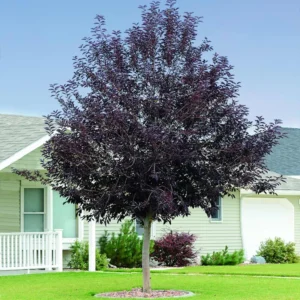 Red Chokecherry Tree - Live Plant, 8-14 Inch Tall, Chokecherry Plant in 2.5 Inch Pot, No Shipping to CA
Red Chokecherry Tree - Live Plant, 8-14 Inch Tall, Chokecherry Plant in 2.5 Inch Pot, No Shipping to CA 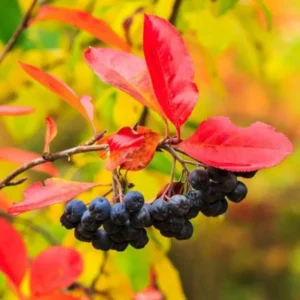 Black Chokeberry Tree - Live Plant, 6-12 Inch Tall, Chokeberry Plant in 2.5 Inch Pot
Black Chokeberry Tree - Live Plant, 6-12 Inch Tall, Chokeberry Plant in 2.5 Inch Pot 
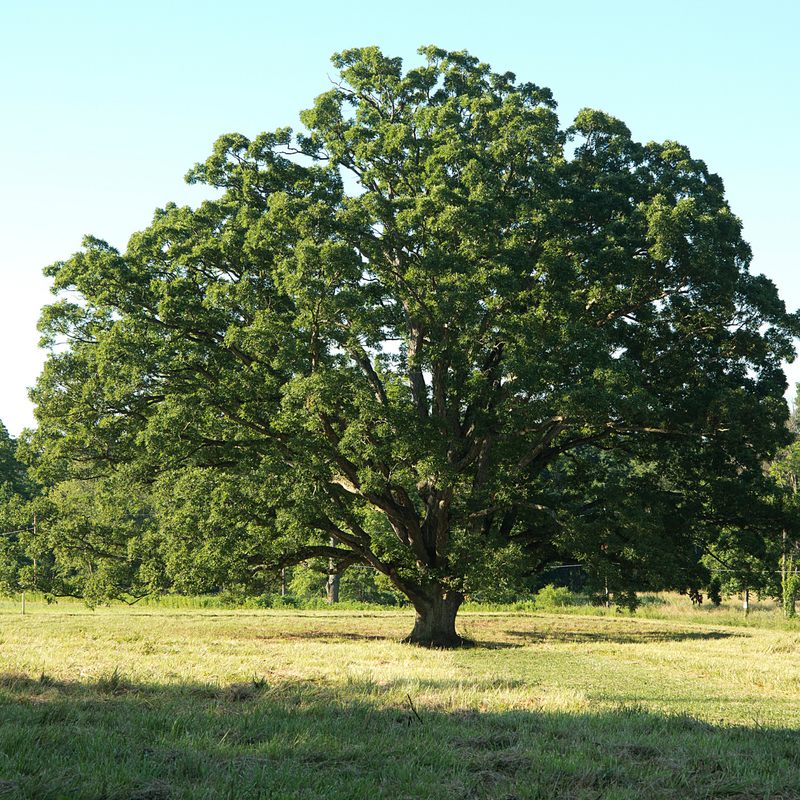

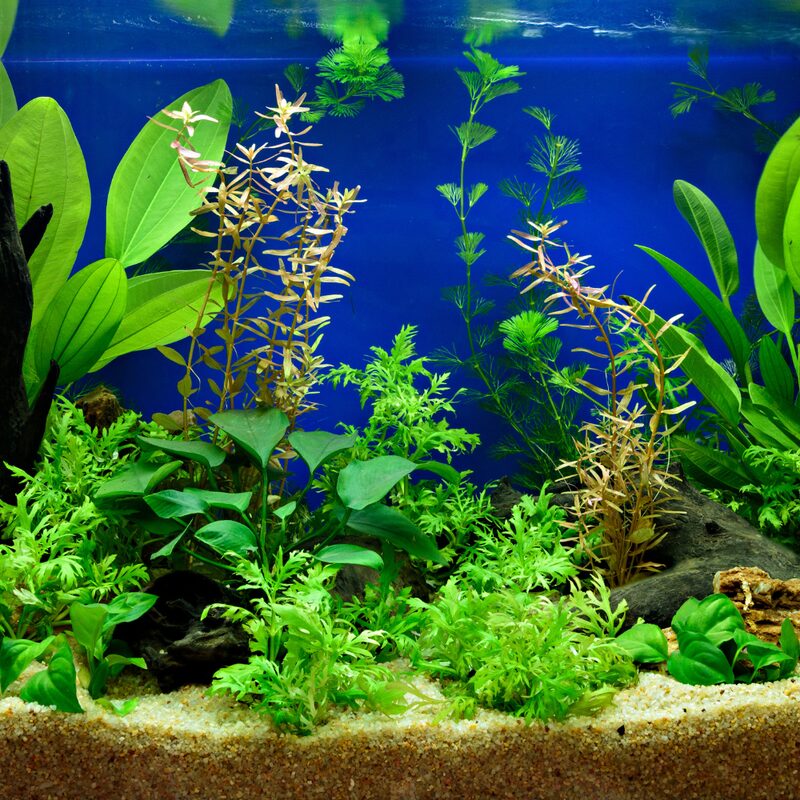








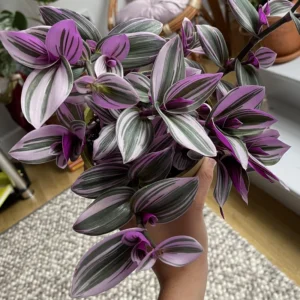









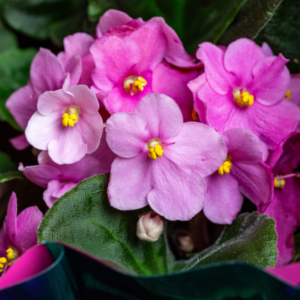
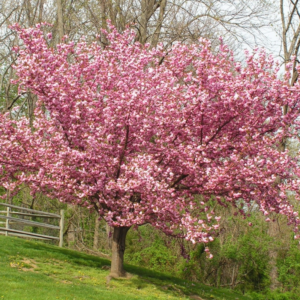
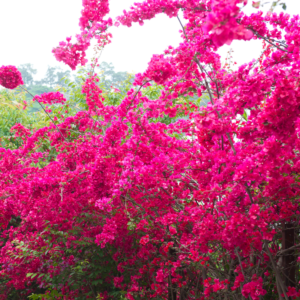
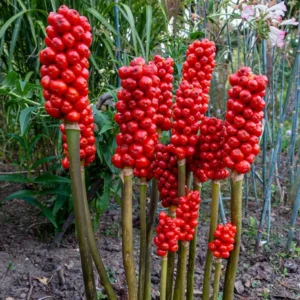
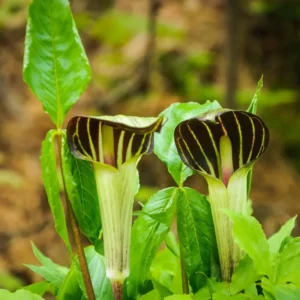
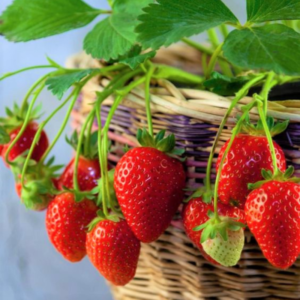
Reviews
There are no reviews yet.